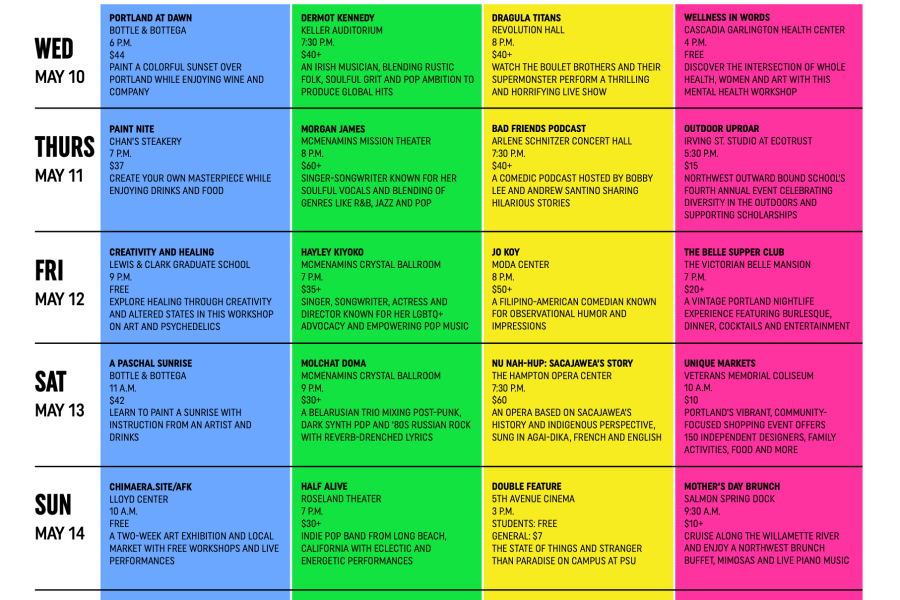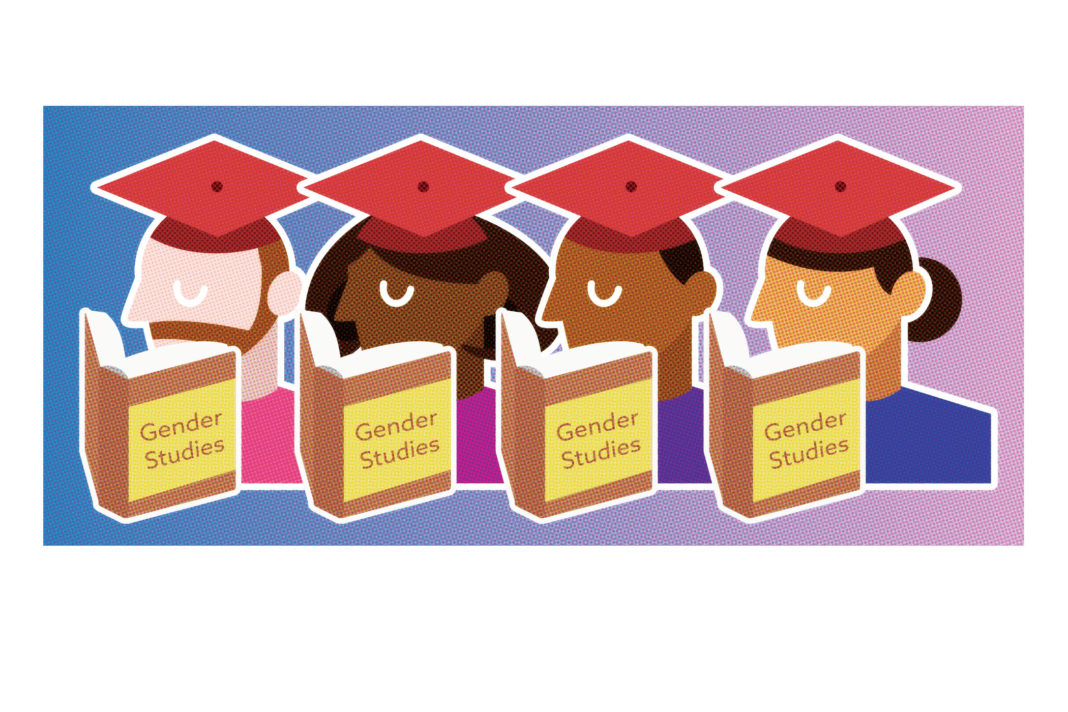Countless United States citizens with low incomes receive benefits from the Supplemental Nutrition Assistance Program (SNAP), and over the COVID-19 pandemic SNAP recipients received additional emergency allotments to help them survive during a time of crisis. However, these emergency allotments are ending, even as so many families still rely on them. These allotments should be made permanent for SNAP recipients, even after the acute crisis of the COVID-19 pandemic is over. Food insecurity is constant in this country, and we should be putting more money into helping those in need, not less.
Why are these allotments ending in the first place? “The 2023 federal spending bill ended funding for the emergency allotments,” reported Central Oregon Daily News, noting that “March 2023 will be the first month since April 2020 that most people on SNAP in Oregon will only receive their regular SNAP food benefits.”
“More than 41 million Americans receive food-buying benefits through SNAP,” according to the U.S. Department of Agriculture. The USDA admits that families “rely on [SNAP] benefits to put food on the table each month,” and that the end of emergency allotments will “still be a substantial change for many households.” Oregon is one of many states that chose to maintain emergency funding until Congress phased out benefits nationwide.
One way to mitigate the impact of this change might be to reach out to other sources of food and other supplies that people who rely on SNAP may need. “Other Food Assistance is still available,” according to Multnomah County, such as aid for Women, Infants and Children. Yet, some people may not know of these other sources of assistance, so an alternative solution for this problem is for the government to encourage people in need of assistance to double-check their eligibility for certain programs.
There are other ways to get the most out of SNAP. “SNAP eligibility is like federal income tax in that applicants can deduct eligible expenses from their total income in order to figure out how much in SNAP benefits they’re eligible for,” reported Becky Sullivan of NPR. “Among the deductible expenses are certain medical costs, or the costs of child care or disabled adult care if you are working, looking for work or in school or training. You may also deduct legally owed child support payments.” This would be a big help, because those who rely on SNAP need all the assistance they can get. “On average, participants will receive about $82 less this month in SNAP benefits, according to the Food Research & Action Center, an advocacy group that works to end hunger,” Sullivan wrote. “Some households will see reductions of $250 or more.”
The fact that people will receive less food and money just because certain benefits have ended is an outrage. This affects more than just those who needed the extra benefits because of the virus—this affects people who were hurting before the pandemic, like those with low incomes who have to take care of dependents. One New York mother, Jessenia Peralta, told Time, “I don’t know what I am going to do when these benefits end. When I go to the supermarket everything is so expensive… These emergency benefits need to continue so the kids don’t suffer.”
Yet, despite this, the government has cut the support that people like Peralta need to not go hungry. Food insecurity has not gone away simply because the pandemic has abated. This clearly needs to change, and the least we can do is make it known to our government officials that these cuts in benefits are doing more harm than good.







As a senior on social security we have been severely impacted by the loss of additional snap benefits.
Yaaaaaaa. Definitely still need the extra SNAP benefits that were just cut off. I’m a person on disability and the money I get from SSI only pays my rent and power needs. Even though we got a increase recently cost of living went up beginning of this year and rent and electricity went up so it’s like the increase never happened.
Agreed.